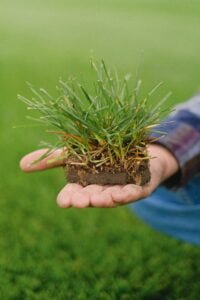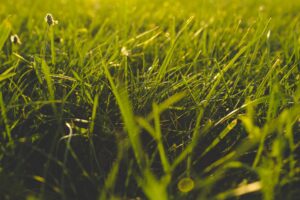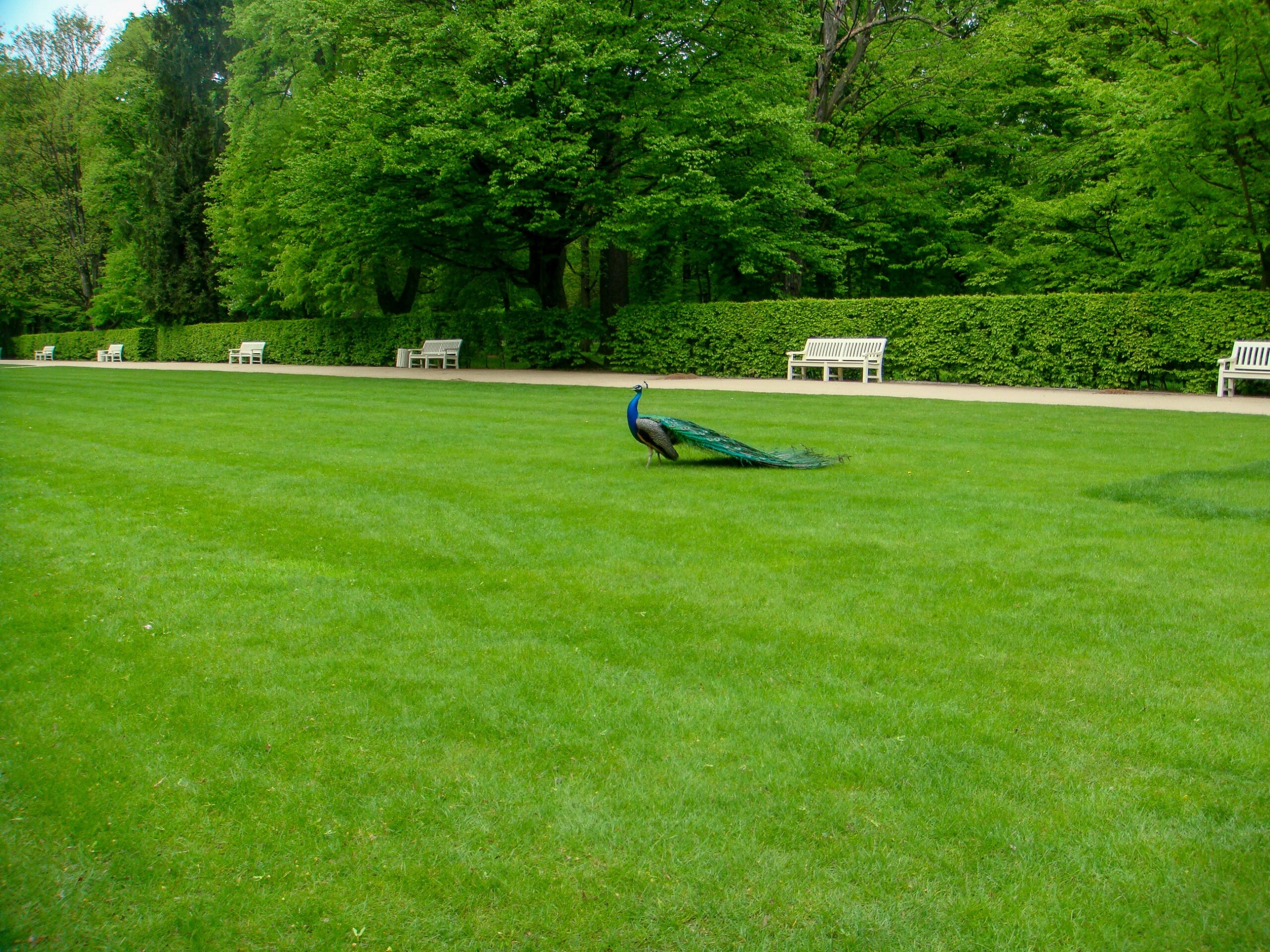Lawn Establishment
A lawn is frequently the focal point of a garden. It provides a constant source of pleasure; the grass’s green soothes the eyes and calms the mind. A lawn’s broad width gives a location dignity and serves as the backdrop for any architectural or landscape effort. Lawns are grown and maintained on utilitarian places such as recreation grounds and playing fields. Lawn establishment is such a wonderful activity.
Varieties
Turf or lawn grasses vary by area, depending on soil and climatic circumstances. Bermuda grass (Cynodon dactylon) is commonly used for lawns in Pakistan, which has a largely subtropical climate. This grass is indigenous to the Indo-Pakistan region. It thrives in full sun and high temperatures in the summer, but not in the shadow. Bermuda grass is drought and heat tolerant, although it is susceptible to frost damage and winter kill. It has all of the features of a good turf; spreads via stolons that root rapidly from each joint and build a thick turf soon. It grows swiftly, withstands mowing, and is drought and disease resistant.
One disadvantage is that on open and exposed lawns, the vivid green color fades in the winter. During the winter, lawns in sheltered areas may keep their color. Tifway, Tifgreen, Tifton, Tifdwarf, and Dhaka are some of the most common kinds.
Establishment of New Lawns
A beautiful lawn is a gift; it brings joy and delight to the eyes. For the lawn establishment, three things are required. It should be planted on good, fertile, well-drained terrain that receives plenty of sunlight. A superior kind of seed or turf should be chosen, and appropriate and timely cultural techniques should be implemented. Following procedures are done in lawn establishment.
Preparation of land
The ground that will be planted as a lawn should be properly dug up or severely ploughed several times before being planted. The soil should be levelled and any waste, trash, and stones should be removed. It should next be watered to ensure finer levelling and the correction of tiny depressions and abnormalities. Frequently, the ground is ploughed again and 1 t/100 sq m of well-rotted FYM is completely mixed into the soil. 10-12.5 kilogram superphosphate and 5 kg ammonium sulphate/10 sq m are broadcast and mixed correctly before grass is planted, taking care not to damage the final leveling.
It’s important to remember that a lawn lasts for many years, whereas a crop is planted each season. As a result, any mistakes made during the lawn’s establishment may be impossible to fix later. The most critical stage in planting a grass is leveling.
Time of Planting
Bermuda grass is a summer-growing grass; thus, it should be planted long before winter arrives. The optimal time to plant is in July, at the start of the wet season. Planting can be done in March-April if irrigation water is plentiful. During the hot and dry months ahead, there should be no lack of water.
Planting
Seeding, springing, plugs, and sodding are all options for planting lawn grasses. Springing is the most cost-effective and widely utilized turfing process in Pakistan. Grass sprigs are obtained from any well-established lawn or grass nursery. Plant clusters of 3-5 sprigs at a space of 10-15 cm on either side. The lower parts of the sprigs are buried, while the higher parts are left exposed. The earth is next patted firm around the replanted sprigs. 1 square meter of grass is enough to cover 15 square meters of lawn. Irrigation is started as soon as the plants are planted.
Sodding
Sodding or turfing is a pricey process that is used to get quick results. Cut blocks of acceptable size from grass-nursery lawns, along with roughly 3.5-5 cm of dirt, are removed. These blocks are laid out on the prepared soil in the same way that tiles are laid out for flooring. It is necessary to make arrangements to keep the blocks held down so that they do not float when irrigated.
Seeding
The seeding bed is prepared in the same manner as any other crop. When the soil has settled, a perfect seedbed does not leave deep footprints when walked on and the surface is crumbly. Early summer is the optimum time to seed so that the lawn is ready before winter arrives.
Seed should be chosen with care, taking into account the lawn’s purpose and the surrounding environment. 2-3 kilograms of seed is enough to cover 1000 sq m of lawn. After the plot has been leveled and finely prepared, the seed is sowed. The field should be somewhat moist when sowing, not dry or soggy. The plot is divided into 2-3 m widths for even seed dispersal, and the seed is divided into the same number of lots as there are strips.
Each quantity of seed is combined with plenty of coarse sand and evenly distributed around the plot. So that no gaps are left, half of the seed is spread in an east-west direction and the other half in a north-south direction.
Also Read Garden Design
https://mianfarms.com/garden-design/
Each plot is seeded in the same manner, and the seed is covered with a.5 cm layer of fine leaf mound or lightly scraped. After sowing, the field is rolled with a light roller, and the plots are irrigated, preferably with light sprinkles. The seed is carefully monitored to ensure that it is not disturbed. Until the seed germinates in two to three weeks, the field must be kept moist. This is all about lawn establishment.

[…] Lawn Establishment […]
[…] Read Also ; How to establish lawn […]
[…] Read Also; lawn establishment […]
[…] Lawn Establishment […]